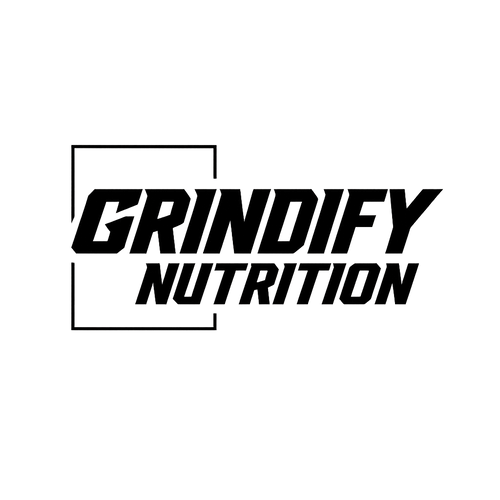🦵 Leg Extensions vs Squats: How Each Exercise Shapes Your Quads
📊 The Study: How Exercise Selection Affects Quad Muscle Growth
A study published in The Journal of Sports Sciences explored how different lower body exercises influence regional hypertrophy in the quadriceps. Over a 5-week period, researchers compared two groups:
- Leg Extension Group
- Smith Machine Squat Group
Using ultrasound imaging, they tracked changes in muscle thickness in two major quad muscles: the rectus femoris and vastus lateralis.
What they found might change the way you design your leg days.
🧬 Key Finding #1: Leg Extensions Grow the Lower Rectus Femoris
Leg extensions produced the most hypertrophy in the rectus femoris near the knee—not along the entire muscle belly.
This localized growth pattern is tied to:
- Joint angle specificity (knee isolation)
- Mechanical tension at the bottom range
- Selective fiber recruitment
Since the rectus femoris crosses both the hip and knee joint, straightening the knee while seated (hip flexed) creates a unique stimulus that targets its distal region.
📌 Training takeaway: If you want to bring up that teardrop shape near the knee, leg extensions are non-negotiable.
🧬 Key Finding #2: Squats Grow the Mid Vastus Lateralis
Smith machine squats, by contrast, led to more growth in the vastus lateralis, especially in the mid-thigh region.
Why?
- Squats load the muscle across a larger range of motion.
- The moment arm of the bar path increases tension at mid-length.
- The lateral quads handle more of the stabilization demand during multi-joint movement.
📌 Training takeaway: If you're after that sweeping outer quad look, squats—especially Smith machine or hack squats—should be a priority.
🧠 What Is Regional Hypertrophy (and Why It Matters)?
Regional hypertrophy refers to the idea that muscles don't always grow evenly across their length—certain exercises stimulate specific regions of a muscle more than others.
This has huge implications for physique development:
- It explains why your quads may be strong but still lack visual symmetry.
- It validates the need for variety in exercise selection, not just more sets or volume.
By targeting different joint angles and loading positions, you can fine-tune your training to build complete, aesthetic muscle development.
✅ Summary: Train Smarter with Quad Precision
| Exercise | Target Muscle Region | Best For |
|---|---|---|
| Leg Extensions | Lower Rectus Femoris | Teardrop shape near the knee |
| Smith Machine Squats | Mid Vastus Lateralis | Outer quad sweep and mid-thigh growth |
📌 FAQ – Regional Quad Training Questions
Q: Can I just squat and still grow big quads?
✅ Yes, but squats alone may not target the full quad spectrum. Add leg extensions to hit areas squats miss.
Q: What if my outer quads are underdeveloped?
👉 Prioritize squats, hack squats, and leg presses with a narrow stance to hit the vastus lateralis harder.
Q: How often should I rotate exercises for balanced hypertrophy?
🔁 Every 6–8 weeks, reassess your physique and adjust your exercise selection based on what’s lagging.
🚀 Final Take: Build Balanced Quads With Strategic Exercise Selection
This study reinforces an essential truth: muscle growth isn’t just about how much—you also need to focus on where.
By understanding regional hypertrophy, you can program leg workouts that:
- Build complete, proportional quads
- Target weak points with precision
- Maximize hypertrophy through smart biomechanics
Don't guess your way through leg day—train with intent.
🛒 Shop Grindify Nutrition for Peak Performance
Support muscle recovery and growth with Grindify Nutrition’s third-party tested Creatine Monohydrate and Electrolytes—designed for serious lifters chasing serious gains.
👉 Shop now at GrindifyNutrition.com

